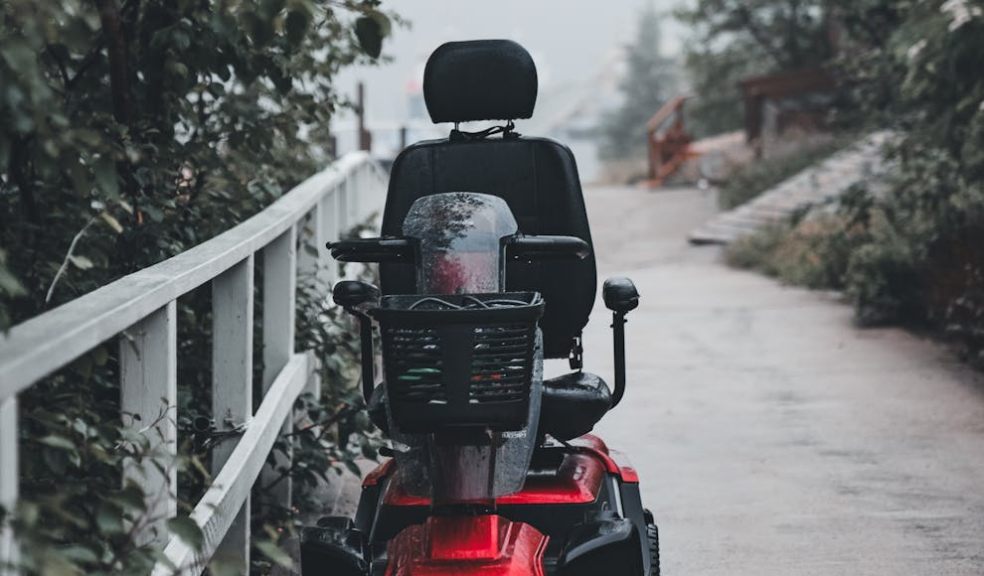
The Rules and Regulations for Mobility Scooters
With a rise in demand for the mobility scooter market, more and more individuals are looking for mobility aids to help them regain their independence and promote freedom of movement. With this in mind, many people are searching for more information on the different types of mobility scooters and the rules and guidance surrounding them to ensure they’re a good fit for their lifestyle. In this article, we’ll be talking through some of the most important rules and regulations that you need to know about before purchasing your mobility scooter.
Who is Allowed to Use Mobility Scooters?
Not just anyone can purchase a mobility scooter, and there are requirements outlined by the UK government on who is able to drive a scooter or powerchair. In fact, you are only allowed to ride a mobility scooter if you are:
- Having trouble walking due to injury, disability, or medical condition
- Taking the vehicle to and from maintenance, servicing, or repair
- The manufacturer and you are testing the scooter
- A salesperson in a certified showroom demonstrating the vehicle
- Training a disabled user
The restrictions are strict, with the penalty for an accident if the user does not fit into one of the above categories being the same as driving a car - an unlimited fine and potentially a driving ban or even prison, depending on the severity of the accident.
Mobility Scooter Classes
The government introduced the 1988 Invalid Carriages on Highways Regulations Act to allow for mobility scooters to be used in outdoor environments such as on pavements and even on roads. There are three different classes that your mobility scooter may fit in:
Class 1: Manual wheelchairs that are restricted to pavements
Class 2: mobility devices like powered wheelchairs or scooters that can be used on footpaths or footways unless no pavement exists. They have a speed restriction of up to 4mph (6 km/h).
Class 3: These mobility aids can go faster than 4mph and up to 8mph (12 km/h) and can be used on the road, footways, or footpaths.
For Class 3 vehicles they have some additional requirements to help make them road-legal and safe to drive:
- They should not weigh more than 150kg unladen.
- They should have a working braking system.
- They should have working indicators to highlight direction.
- They should have a rear-view mirror and a horn.
If you are driving a Class 3 vehicle on the road, then ensure that you do not drive them on cycle-only lanes, bus lanes or on motorways. It’s also not advised to drive them on dual carriageways, although it is not unlawful to do so.
There are some instances where a mobility scooter may be ‘not in class’. This is usually when it weighs more than 150kg, is wider than 0.85 metres, and can go more than 8mph. If this is the case, then it cannot be used on pavements, cycle tracks cycle lanes - or any other pedestrian areas. They can only be used on the roads, and a valid driving license and DVLA registration are required.
Insuring Your Vehicle
If your mobility scooter or powerchair is in class 2 or 3, then it does not require insurance, although this is recommended to protect you in the event of an accident.
If your vehicle is out of class, then it will require insurance - but only if its weight is more than 254kg excluding any attached equipment.
Registering Your Vehicle
When you purchase a vehicle, it is important to make sure that it is registered.
If it is a brand-new vehicle, then the dealer will likely complete the registration process for you. If not, then this can be done manually by filling out a V55/MV form. Once sent off, you will receive a new logbook within 4 weeks.
If it is a used mobility scooter or powerchair, then the vehicle should already be registered. You can confirm this with the dealer or with the DVLA directly. If it is not registered, then you can also fill out the V55/MV form.
Conclusion
As you can see, there are a number of requirements and regulations that you should keep in mind when purchasing your mobility scooter or powerchair. This will help to ensure that you are fully prepared and ready to take your vehicle on its next adventure while ensuring you’re driving safely and are fully protected.













